
Details on the reference gathering trips that helped bring the studio's fictional depiction of Ezo to life.
The best part of working on Ghost of Tsushima and Ghost of Yōtei has been getting the opportunity to go on reference gathering trips to Japan. As an American, I had primarily seen the country through the lens of beloved classic samurai movies. But actually going there, feeling the wind on your face, smelling pine forests, and meeting locals is deeply inspiring. Everyone from Sucker Punch that went on those reference gathering trips came back to the studio with a driving passion to bring a sense of authenticity to our fictional depiction of these real life places. We strive to create an original landscape which captures the feeling of the real location, then to set players free inside it, allowing them to explore as they will, following their curiosity.
But most of all, the trips are humbling. I vividly remember standing on a beach in Tsushima, the same beach where 80 samurai died attempting to defend their home from a Mongol invasion. The people on both sides of that conflict were real. All of us at Sucker Punch wanted to do right by the reality of Tsushima’s history, even though we were going to tell a fictional story in a digital version of Tsushima that was not a stone for stone recreation of the island. We felt that by listening to our cultural advisors and by doing research we could deliver a respectful representation of what made Tsushima so special. To deliver a feeling of authenticity and believability to our fictional story.
For Ghost of Yōtei, we’re doing the same thing.
So, how did we pick the setting for our new game? That’s easy, Hokkaido is unbelievably beautiful and in 1603 it was the edge of the Japanese empire. Back then it was called Ezo, a mysterious island to the north, sparsely populated by Wajin (Japanese) people bold enough to build a life for themselves in the cold wilderness. This combination of beauty and danger spoke to us. It was the perfect place to tell Atsu’s tale; a warrior so driven by revenge that locals start to believe she’s an onryō walking the land. If you’re going to tell a ghost story, do it in a dramatic location.

The Sucker Punch reference gathering team from left to right: Ian Ryan, Jason Connell, Nate Fox, JoAnna Wang, Rob Davis, Ryuhei Katami.
Sucker Punch sent out two reference gathering trips, both exploring different areas of Hokkaido. Thankfully, our group visited Shiretoko National Park. A place that effortlessly combines natural beauty and a sense of danger. While hiking through the park, taking in majestic views of ocean waves crashing on towering cliffs we spotted a number of trees scarred by bears sharpening their claws. This forest was their home, we were the outsiders. Suddenly we had to split our attention between gazing up at the beautiful snowcapped mountains and looking down at the nearby bushes in case there was a predator nearby. That experience was magic! A perfect marriage of beauty and danger, that was the exact feeling we wanted for our game. For me, that was the moment I knew Hokkaido was the right choice.

See the claw marks on that tree? Would you want to camp in that forest?
While traveling in another part of Hokkaido we were introduced to a mountain so tall it seemed to be watching over everyone on the island. You guessed it, it was Mt. Yōtei, which the Ainu call ‘the Female Mountain’. Of course, on the trip we’d been thinking a lot about our hero. Hearing the Ainu name for the mountain really bonded it to Atsu. For us, Yotei became a symbol of Hokkaido. While for Atsu, it’s a symbol of home and of the family she lost. This process of being there, talking about the game with locales, then synthesizing new ideas is what made the trip so fulfilling.

Mount Yōtei, so tall it pierces the clouds.
Here are some photos we took during this research trip:
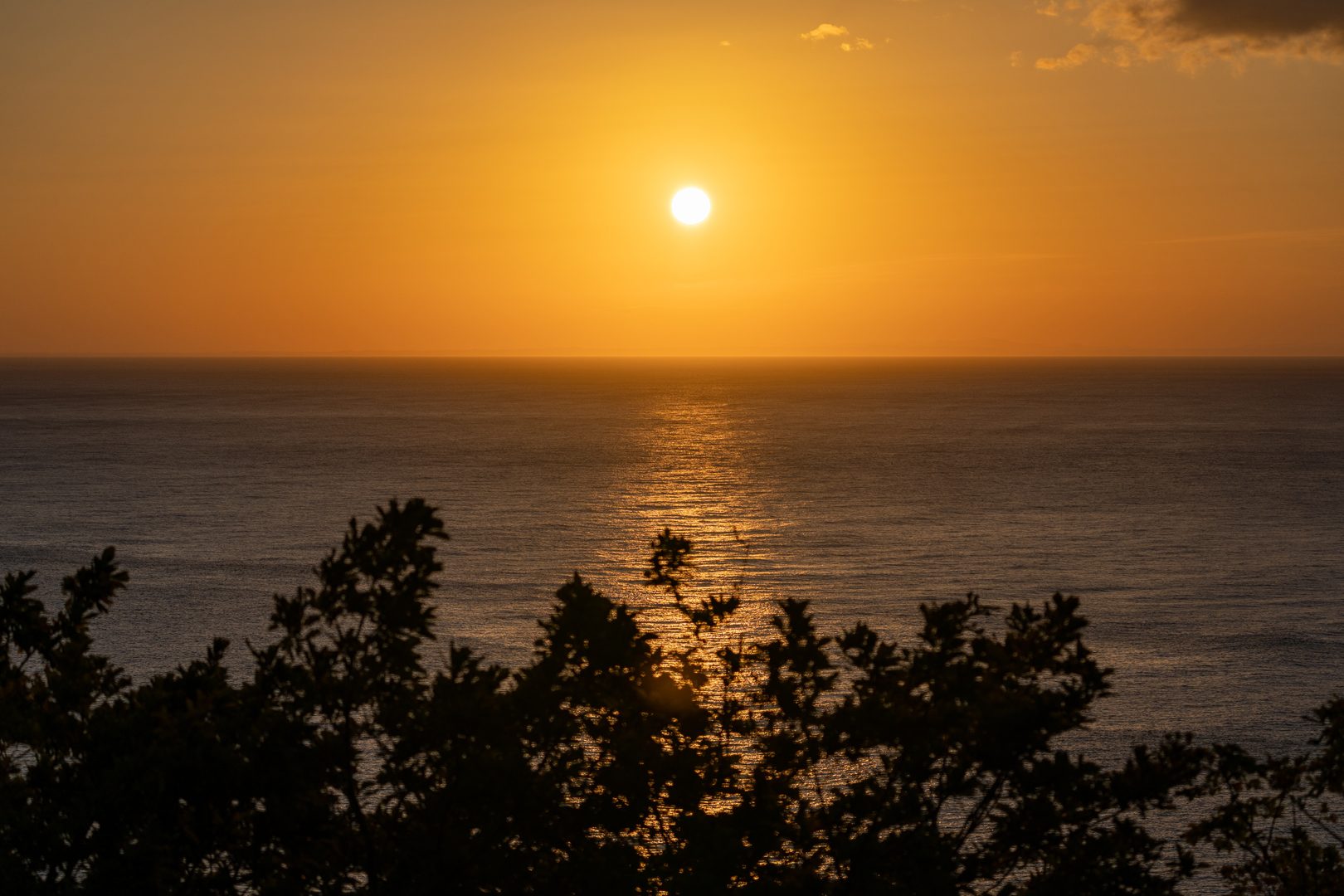
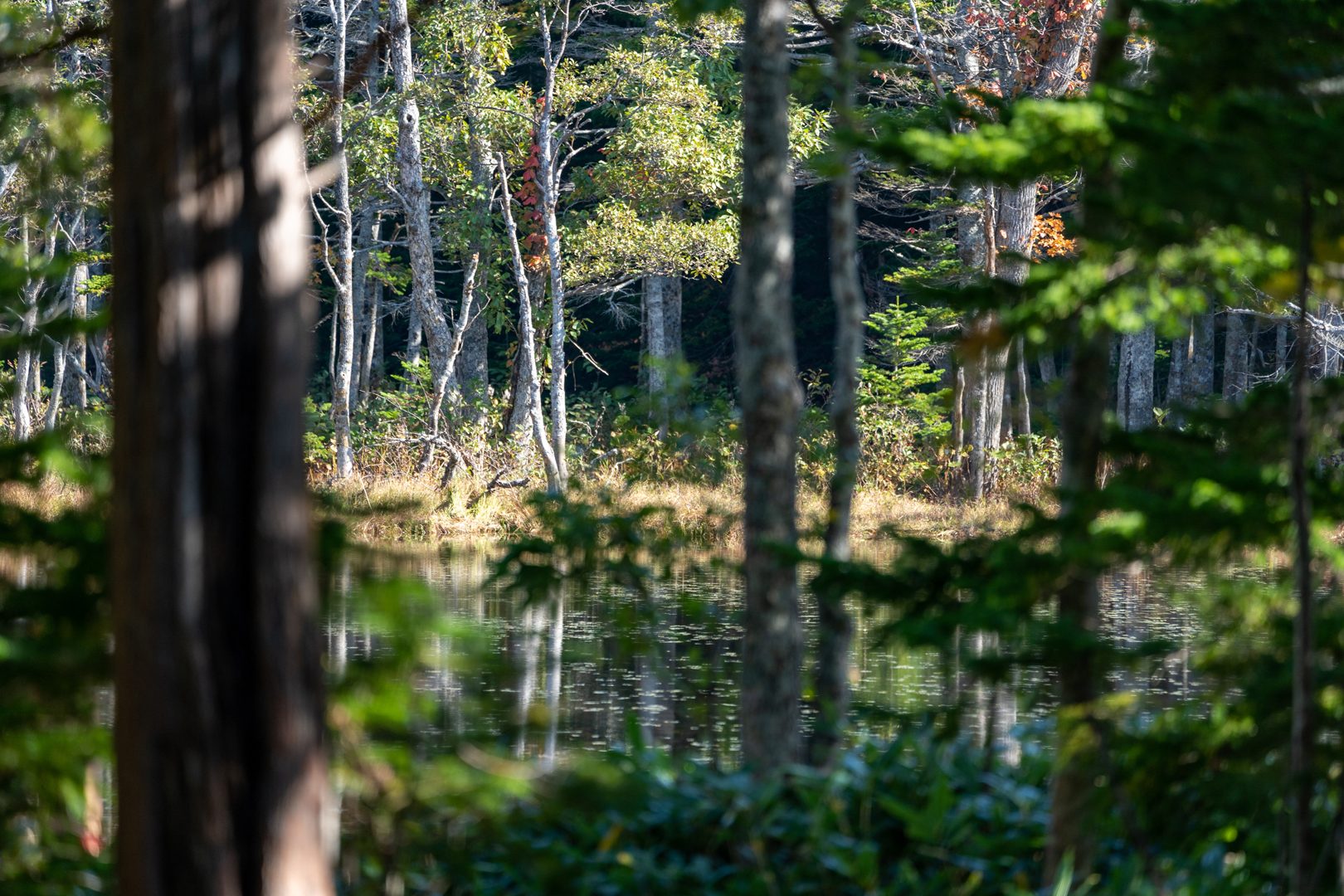
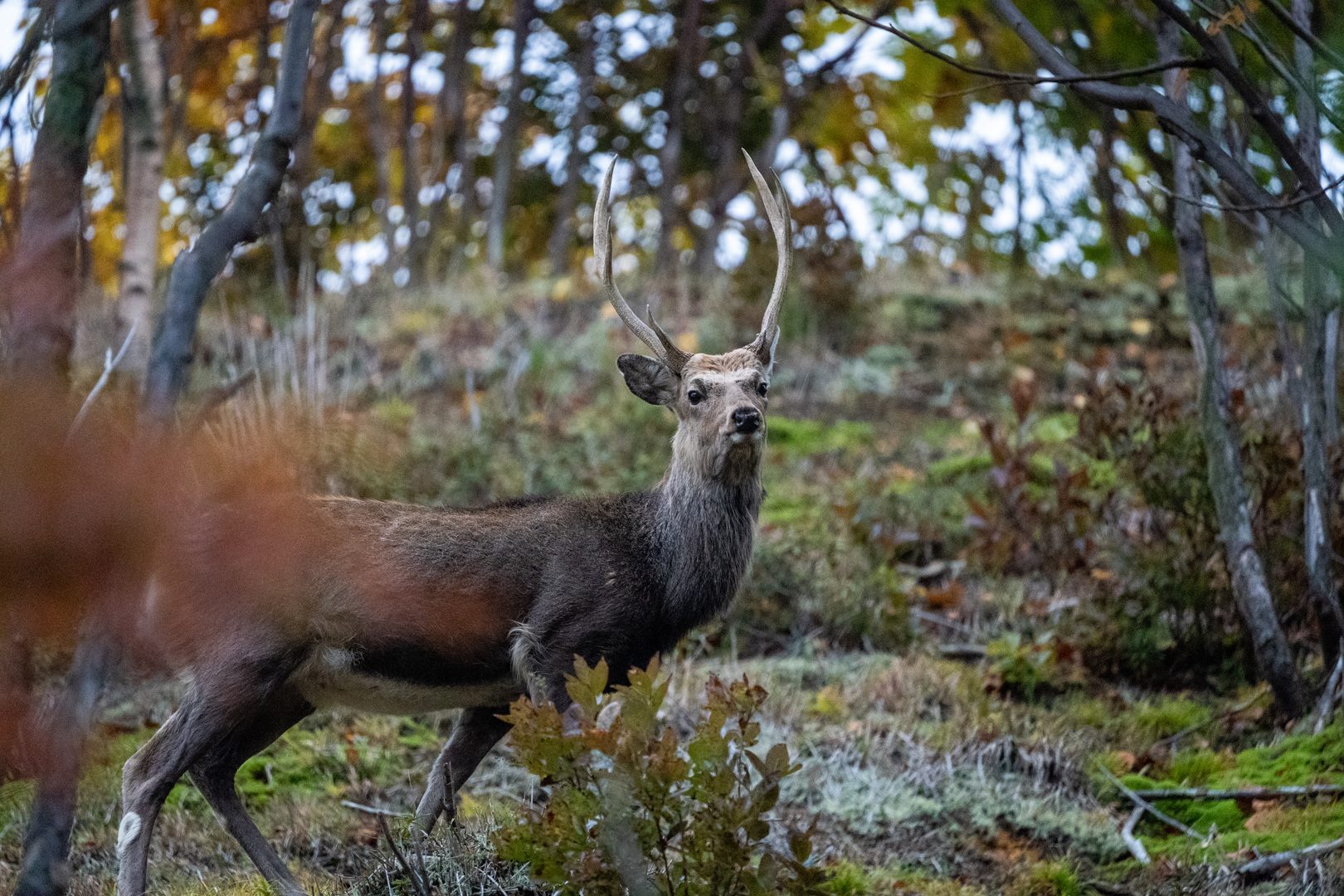
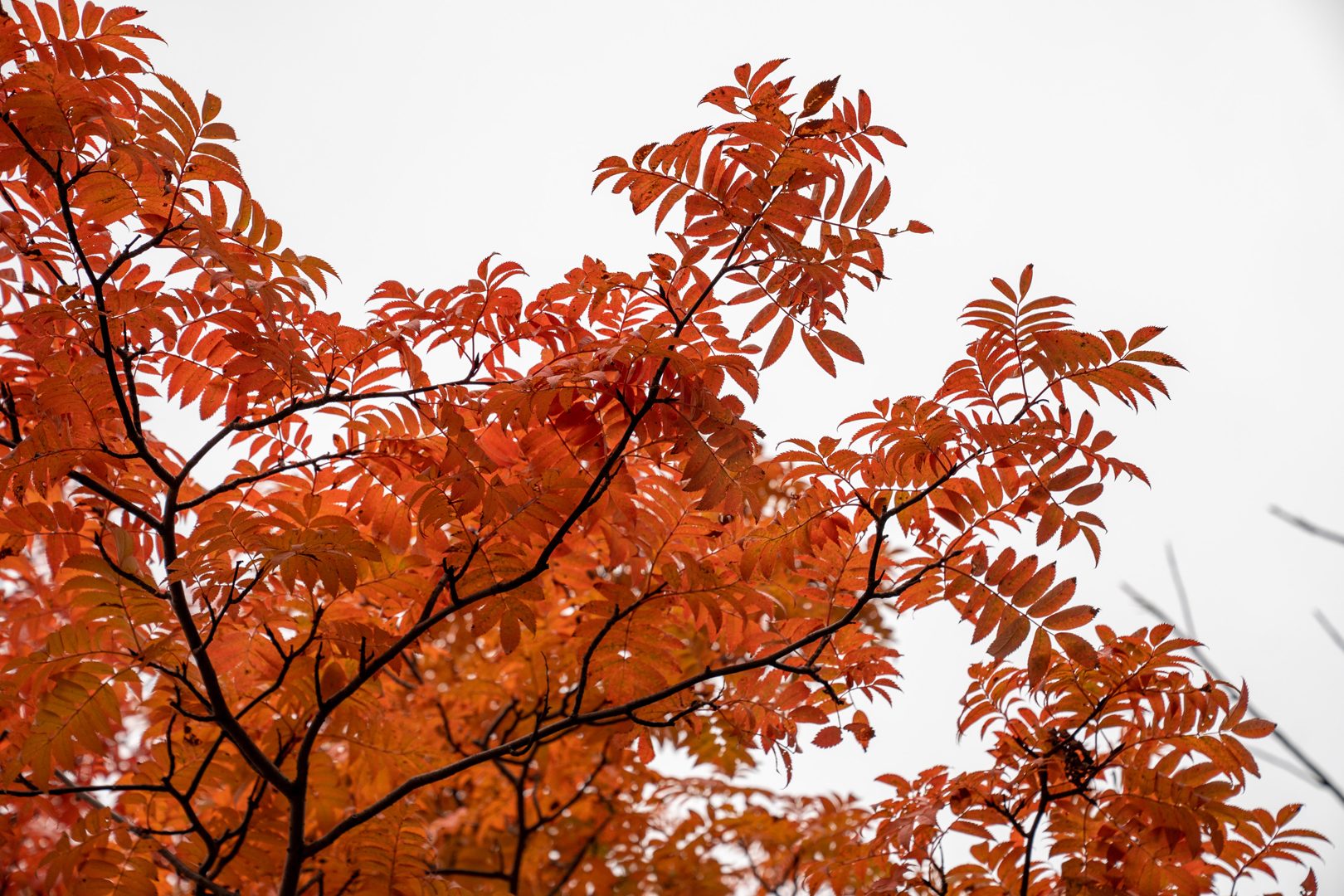
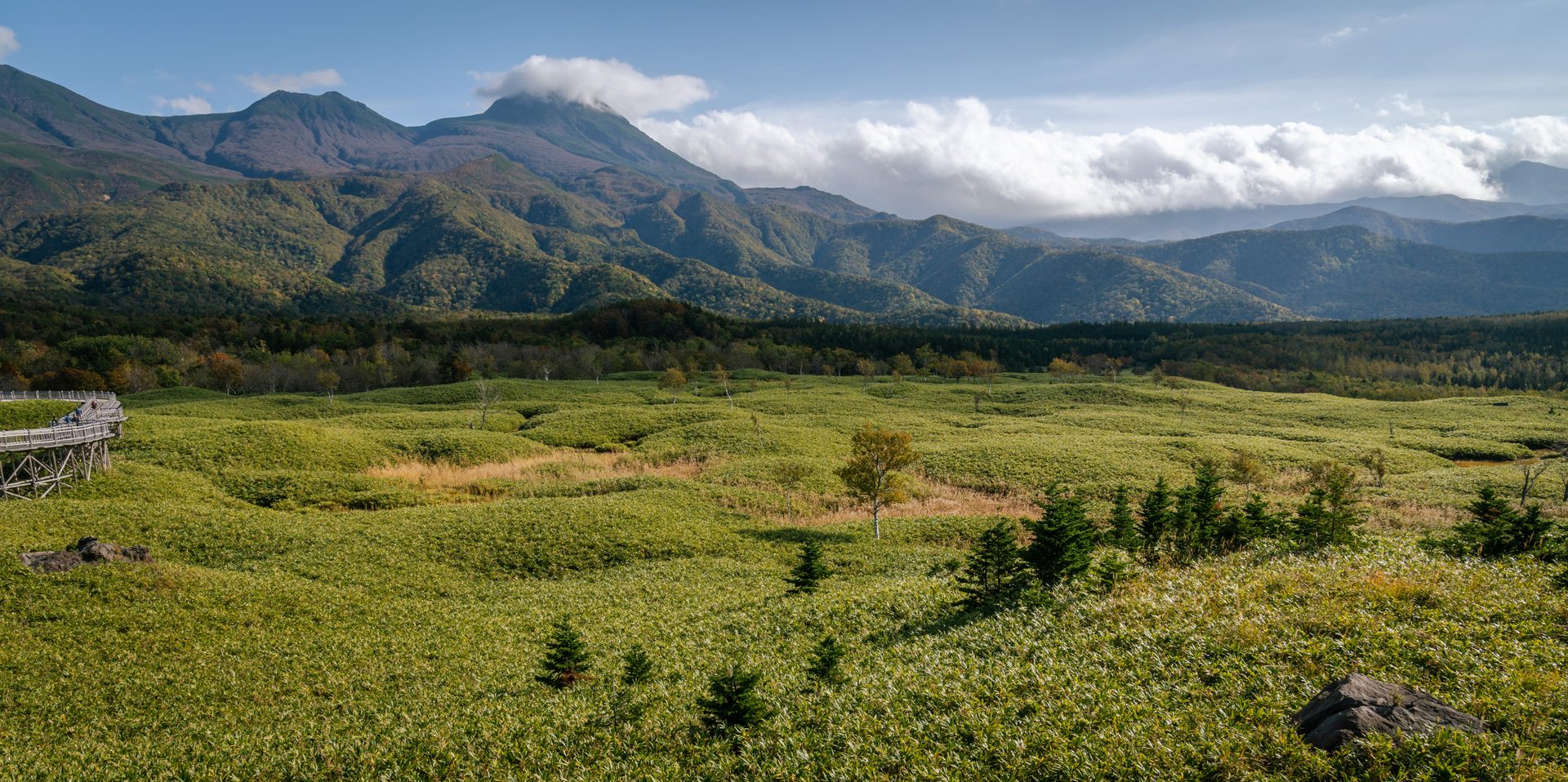

As you can see, we were all very inspired by the natural beauty of Hokkaido. The landscape spoke to us and we’ve done our best to capture the spirit of it in our fictional version of the island. But that wasn’t all we learned while on this trip. As a bunch of Americans we knew how ignorant we were about Japanese culture. To help start to solve that problem we met with a wealth of knowledgeable individuals and visited important cultural sites… but more on that at a later date.











Comments are closed.
8 Comments
Loading More Comments